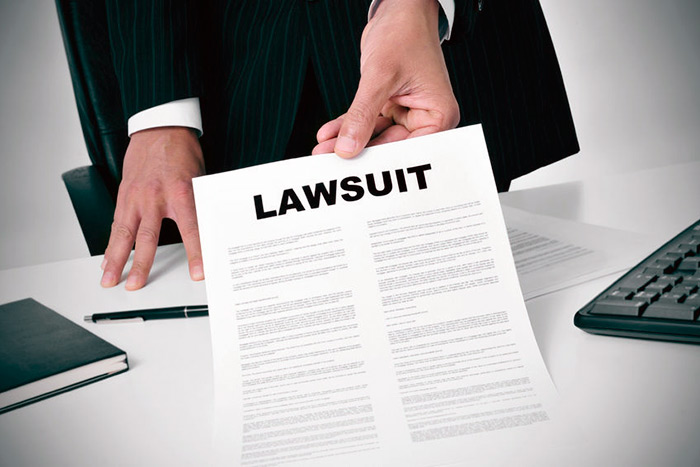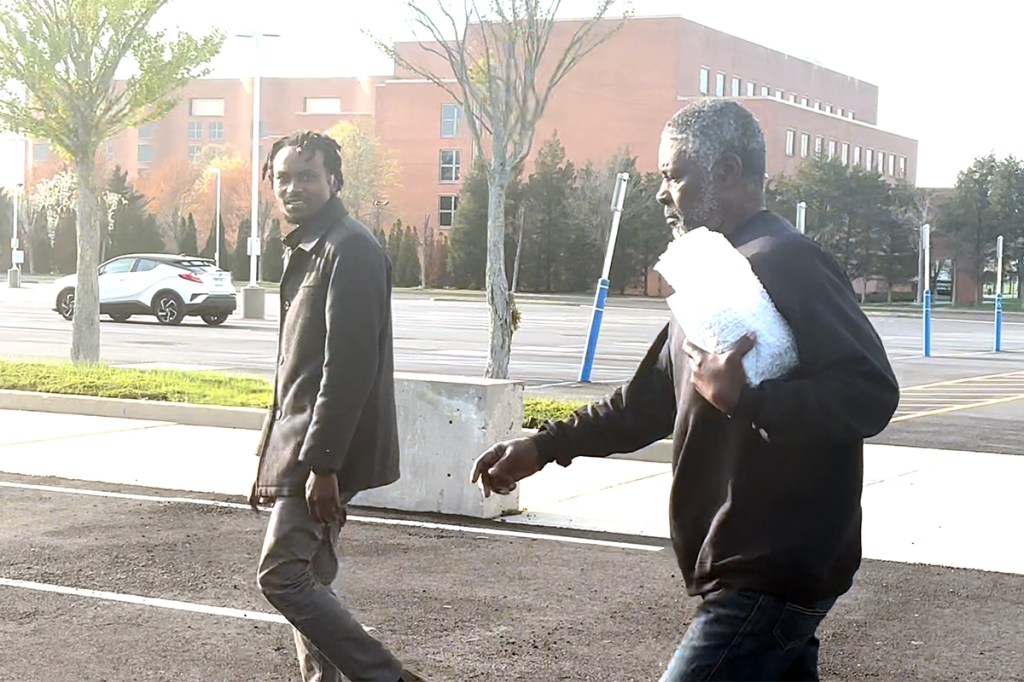Lieb at Law: Top 5 Lawsuits That Can Undo the Transfer of Property

The first step to determine who owns a given parcel of real estate in the State of New York is to visit the County Clerk’s Office and to locate the latest recorded deed on the parcel. Recording of a deed is imperative because we live in a Race-Notice State and, under the Recording Act, priority of ownership is often determined by who records their deed first (i.e., the First in Time / First in Right Rule). The next step, which is of equal importance, is the realization that a deed can be rescinded or voided, and as such, the deed is not the last word on the topic of real estate ownership. As such, these top 5 lawsuits to set aside the deed should be considered in order to determine if the recorded deed is in jeopardy. Only then, should a property be sold.
Forgery
A forged deed is void and cannot transfer title. As such, there is no statute of limitations to set aside a forged deed. The key in a forgery litigation to restoring the proper owner to deeded title is the use of exemplars of an individual’s accurate signature and expert testimony in order to demonstrate that the signature on the deed is a forgery. As such, an expert should always initially consult on a forgery claim and thereafter prepare an expert report before any lawsuit is commenced. Specifically, where a deed is signed and notarized there is a presumption of due execution, which requires clear and convincing evidence of forgery in order to overcome such presumption. Therefore, an interested party’s uncorroborated testimony is insufficient to prevail on the case (i.e., the person saying they should own the property’s testimony is not compelling) without corroboration from an expert witness. In all, saying that is not my signature is just not enough.
Fraud
Unlike forgery, fraud does not render a deed transfer void, but instead a deed obtained by fraudulent means is voidable. This distinction results in there being a statute of limitations, of either 6 years from the fraud or 2 years from the discovery of the fraud, to bring this type of lawsuit. While fraud is a term that we throw around often in common parlance, it has a specific legal definition, which must be understood in order to bring a legal action. In a civil lawsuit to set aside a deed from having been obtained by fraudulent means, the term of art means that there was justifiable reliance by a seller on a material misrepresentation of existing fact, which was made with knowledge of such falsity and with the intent to induce such reliance thereon. The quintessential example of a fraudulent conveyance is where a defendant (prospective or actual) in litigation transfers their real estate to their sister in order become judgment proof as a strategy to avoid exposure should they lose the case. As this fraudulent conveyance strategy is so commonly employed, the State’s Debtor Creditor Law has an entire Article of laws designed to set aside these types of fraudulent transfers. Simply, you shouldn’t transfer your property to avoid creditors because the creditors will ultimately have the property transferred back and by making the fraudulent transfer, you will have exposed your transferee to suit as well.
Lack of Capacity
In New York, a minor, mentally retarded person (it’s how it’s written in the statute), and a person of unsound mind each lack the capacity to transfer real estate. However, the law does not preclude such individuals from holding real estate. As such, these individuals must transfer real estate through their legal representatives in order to convey good title. When a transfer is made by a minor, mentally retarded person, or a person of unsound mind, which status is determined as of the specific date and time of the conveyance (not generally), and without a legal representative, such transfer is void. However, these 3 categories rarely result in suit for lack of capacity. Instead, corporate capacity is a far greater issue that is litigated in this State. Specifically, a corporation, Limited Liability Company and a trust, which sells real estate, can only do so through its authorized representative. Therefore, a real estate conveyance by such an entity, which is not accompanied by a corporate resolution granting authority or, at the least, an examination of the entity’s authorizing documents, is subject to a lawsuit seeking to void the transaction for lack of capacity if suit is brought within 6 years. As such, a corporate seller should present a deed together with their authority to execute such deed when they are trying to sell property.
Constructive Trust
In seeking fairness, a deed can be transferred by the Courts where ownership cannot be retained in good conscience. This is the most flexible lawsuit available to set aside a deed as it seeks to impose equity and fairness based upon the deed holder having been unjustly enriched through a broken promise. As such, the Courts needn’t strictly adhere to the requirements of this suit, which are the existence of a confidential or fiduciary relationship that the deed holder had made a promise (either express or implied) which induced a prior transfer of the real estate, and that such promise was broken resulting in the deed holder’s unjust enrichment. Instead, the key issue is if the Plaintiff can establish another’s benefit that was gained at their expense. As such, the quintessential lawsuit is where 2 people agree to jointly purchase a parcel of property, both share in the down-payment and both contribute to the closing costs, but for some reason (e.g., credit worthiness, fear of unmaterialized legal exposure, or manipulation) only one person is listed on the deed. Thereafter, the other party seeks their joint ownership through a constructive trust action. Nonetheless, this lawsuit must be commenced within 6 years of the wrong so if you are not on the deed for a strange reason that you could never really understand, you better act quickly in bringing this lawsuit.
Adverse Possession
Where real estate is subject to actual, open, notorious, exclusive and continuous occupancy for over 10 years, its deeded ownership can be changed to such occupant from the titled owner by way of an adverse possession lawsuit. Think boundary line issues where a neighbor has a hedge that exists partially over your property line and no one has ever said anything about it, until you did when you were selling your house. When you brought the issue to bear, your neighbor counterclaimed for ownership of the hedge parcel through an adverse possession lawsuit. However, in 2008, the Adverse Possession Statute was amended in order to discourage claims where one knows that the property is actually owned by another, as your neighbor knew all along. Further, acts of lawn mowing and the existence of fences, hedges, shrubbery and the like can no longer provide the grounds for adverse possession. Therefore, your neighbor’s claim is less likely to prevail today than it was before 2008. Nevertheless, if the hedge existed for 10 years before 2008, and hence it was subject to the old law, or if the hedge was a barn, the claim would likely still exist today.
Andrew M. Lieb, Esq., MPH, is the managing attorney of Lieb at Law P.C. and a contributing writer for Behind the Hedges.



